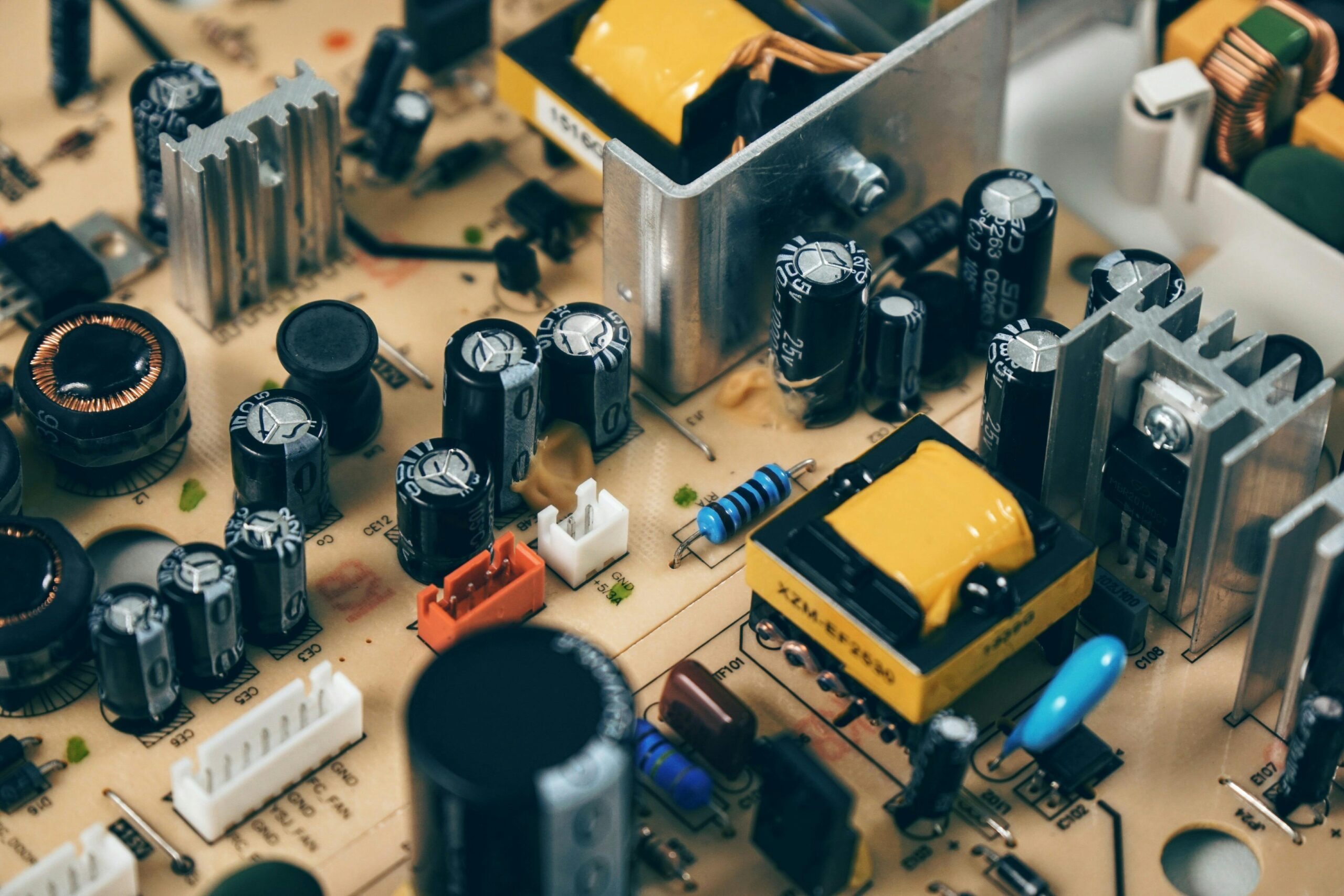Understanding the Double-Layer Capacitor: Harnessing Power with Efficiency

In the realm of modern energy storage solutions, the double-layer capacitor, often referred to as the supercapacitor, stands as a remarkable innovation. It represents a pivotal advancement in capacitor technology, offering high capacitance values and rapid charge-discharge capabilities that bridge the gap between conventional capacitors and rechargeable batteries. This article delves into the workings, applications, and advantages of double-layer capacitors, highlighting their role in shaping the future of energy storage.
The Basics of Double-Layer Capacitors
Double-layer capacitors derive their name from the unique structure of their energy storage mechanism. Unlike traditional capacitors that rely on dielectric materials to store charge, double-layer capacitors store energy electrostatically at the interface between electrode materials and an electrolyte solution. This double-layer formation occurs at the atomic scale, where ions from the electrolyte accumulate on the surface of porous electrodes, creating a high surface area and thus enabling high capacitance.
How Double-Layer Capacitors Work
At the heart of a double-layer capacitor are two electrodes separated by an electrolyte. When a voltage is applied, ions from the electrolyte migrate to the surfaces of the electrodes, forming layers of charge. This process results in the formation of an electric double layer, hence the name. Unlike batteries, which involve chemical reactions that limit charging speed, double-layer capacitors store energy statically, allowing for rapid charge and discharge cycles without significant degradation.
Applications Across Industries
The unique properties of double-layer capacitors make them ideal for a wide range of applications:
- Energy Storage Systems: They serve as efficient energy storage devices in renewable energy systems, where they can store excess energy generated from sources like solar or wind power and release it as needed.
- Transportation: In electric vehicles, double-layer capacitors complement batteries by providing rapid energy bursts during acceleration or regenerative braking, thereby extending battery life and improving vehicle efficiency.
- Consumer Electronics: They enhance the performance of electronic devices by stabilizing voltage fluctuations and providing backup power during brief outages, ensuring uninterrupted operation.
- Industrial Equipment: Double-layer capacitors support critical functions in industrial machinery by delivering high-power pulses for tasks such as motor starting or maintaining uninterrupted operations in power-sensitive equipment.
Advantages Over Traditional Capacitors and Batteries
Double-layer capacitors offer several advantages over traditional capacitors and batteries:
- High Power Density: They can deliver high power outputs compared to batteries, making them suitable for applications requiring rapid energy release.
- Long Cycle Life: With millions of charge-discharge cycles possible, they outlast batteries and are more reliable in demanding operational environments.
- Fast Charging: Unlike batteries that require hours to charge, double-layer capacitors charge within seconds or minutes, enhancing efficiency and productivity.
Challenges and Future Developments
Despite their advantages, double-layer capacitors face challenges such as lower energy density compared to batteries and higher cost per unit of energy stored. Researchers are actively exploring advanced materials and hybrid systems to overcome these limitations and further improve performance.
Looking ahead, innovations in nanotechnology and materials science hold promise for enhancing the energy density and reducing the cost of double-layer capacitors, paving the way for broader adoption in mainstream energy storage applications.
Conclusion
The double-layer capacitor represents a significant leap forward in energy storage technology, offering unparalleled power density, rapid charge-discharge capabilities, and long operational life. As advancements continue to drive improvements in performance and cost-effectiveness, double-layer capacitors are poised to play a pivotal role in powering the future of renewable energy, transportation, and consumer electronics. Embracing these innovations promises a more sustainable and efficient energy landscape for generations to come.
